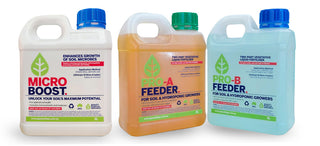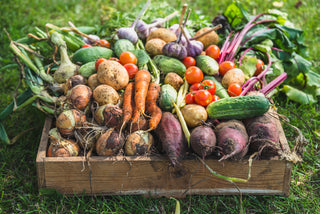As global temperatures continue to rise, understanding the heat tolerance of different vegetable and fruit crops is essential for farmers and gardeners alike. While many crops can withstand temporary heat stress, prolonged exposure to extreme temperatures can cause irreversible damage, reducing yields or even leading to plant death. Here’s a look at the maximum temperatures that popular vegetable and fruit crops can endure before suffering critical damage.
| Crop | Maximum Temperature (°C/°F) | Survival with Water | Survival without Water |
|---|---|---|---|
| Lettuce (Lactuca sativa) | 35°C (95°F) | 2–3 days | Less than 1 day |
| Tomatoes (Solanum lycopersicum) | 40°C (104°F) | 5–7 days | 2–3 days |
| Peppers (Capsicum spp.) | 45°C (113°F) | 4–6 days | 2–3 days |
| Carrots (Daucus carota) | 40°C (104°F) | 7–10 days | 3–4 days |
| Broccoli (Brassica oleracea var. italica) | 35°C (95°F) | 5–6 days | 2 days |
| Spinach (Spinacia oleracea) | 35°C (95°F) | 4–5 days | 1–2 days |
| Corn (Zea mays) | 42°C (108°F) | 10–14 days | 4–5 days |
| Strawberries (Fragaria × ananassa) | 40°C (104°F) | 3–5 days | 1–2 days |
| Blueberries (Vaccinium spp.) | 45°C (113°F) | 5–7 days | 2–3 days |
| Apples (Malus domestica) | 45°C (113°F) | 10–14 days | 5–7 days |
| Citrus (Citrus spp.) | 50°C (122°F) | 14–20 days | 7–10 days |
| Bananas (Musa spp.) | 45°C (113°F) | 7–10 days | 3–4 days |
| Grapes (Vitis vinifera) | 45°C (113°F) | 10–14 days | 5–7 days |
How to Protect Crops from Extreme Heat
-
Mulching – Using organic mulch helps retain soil moisture and regulate soil temperatures.
-
Shade Cloth – Providing temporary shade during extreme heat waves can reduce plant stress.
-
Drip Irrigation – Ensuring consistent moisture levels through drip irrigation helps prevent drought stress.
-
Heat-Tolerant Varieties – Choosing heat-resistant plant varieties improves survival rates.
-
Proper Timing – Planting in the right season minimizes exposure to extreme temperatures.






